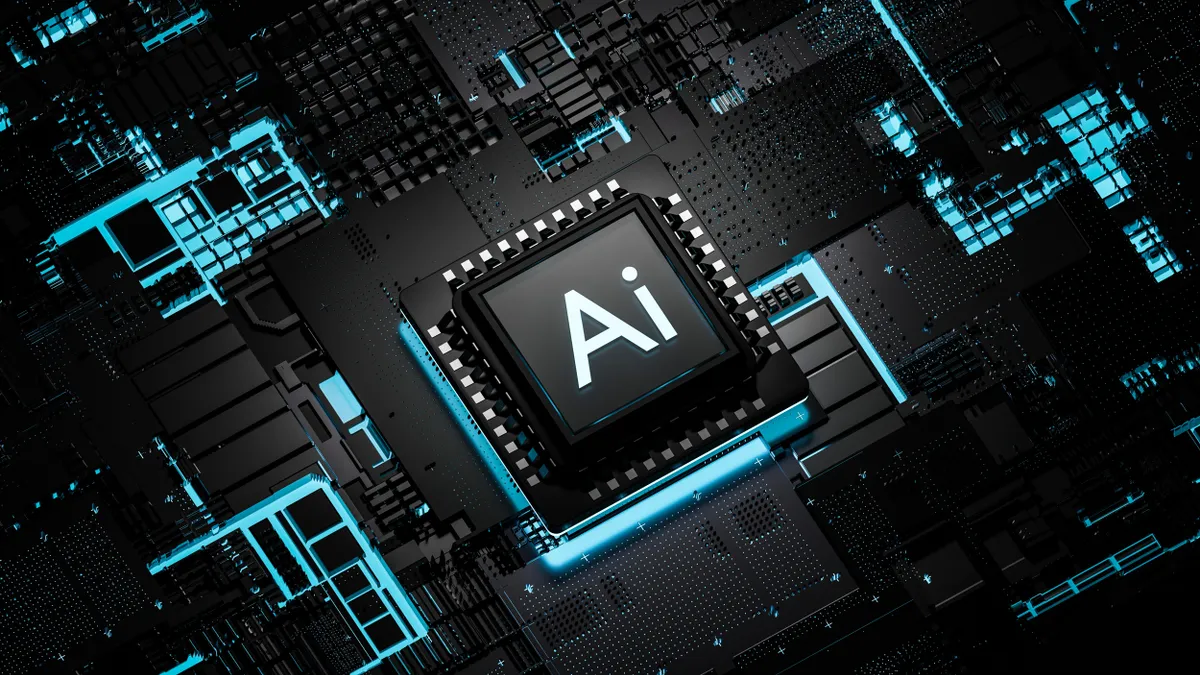AI is not writing this article. It’s me, Rich! And by the way, your customer service chatbots offend me.
Artificial intelligence is exploding and those of us in procurement will not remain untouched.
On the sellers’ side, proponents of AI’s efficiency and scope are marginalizing the human contact-based customer-supplier relationships by employing customer service chatbots devoid of personality and decision making skills.
On the buyers’ side, managers are using AI to automate transactions to streamline procurement, reduce staff and align supply and demand through complex analytics. But AI has never had to cajole a supplier to add an overtime shift, cut a price to meet a specific customer demand, override a bill of material or host an engineer to mark up a blueprint and generate an engineering change order. At least not yet.
Chatbots
Chatbots are AI-powered conversational agents that can interact with customers in a chat-based format, providing automated support and assistance. They pop up when we access our cell or cable accounts and are migrating over to the industrial world, where many suppliers are finding them useful.
Implementing chatbots can lead to significant cost savings. Compared to hiring and training human agents, chatbots are cheaper and eliminate the need for resources like office space, equipment and benefits.
Providing round-the-clock customer service is another key advantage of chatbots. They are highly scalable, handling multiple customer conversations simultaneously, and follow predefined rules and guidelines, ensuring patterned responses to similar inquiries. In some cases, that may be just enough to keep customers happy. So why don’t we like them?
Chatbots lack human emotions and empathy, which are crucial for many customer interactions. In complex or emotionally charged situations, customers may require personalized attention and understanding that only a human can provide. Chatbots also heavily rely on data and algorithms, which means they can only provide information within their programmed knowledge base.
Due to limitations in understanding natural language and complex queries, chatbots struggle with ambiguous or poorly phrased questions, resulting in inaccurate or incomplete responses.
AI and Human-Based Procurement
AI has the potential to automate certain aspects of procurement processes and enhance efficiency, but ‘buyerbots’ are unlikely to replace human procurement professionals. Here's why:
Strategy: Procurement involves strategic decision-making, supplier relationship management and negotiation skills, all which require judgment and expertise. While AI can provide data-driven insights and recommendations, final decision-making requires human involvement.
Negotiations: Procurement professionals engage in complex negotiations with suppliers, considering a range of factors beyond price, such as quality, delivery terms and contractual obligations. Building relationships, understanding market dynamics and finding mutually beneficial agreements are areas where human skills and experience are crucial.
Supplier relationship management: Developing and managing supplier relationships involves trust-building, collaboration, communication and understanding the supplier's capabilities, all which require strong interpersonal skills. Procurement involves ethical and sustainable sourcing practices, supplier diversity initiatives and regulatory compliance. Humans are essential in evaluating and ensuring supplier integrity, advocating for social responsibility and strong ethical standards.
Creativity: Procurement professionals need to adapt to changing market conditions, emerging technologies, supply chain risk and evolving and emergent customer needs. They also need to think creatively to identify innovative solutions and workarounds, explore new supplier options and optimize existing procurement procedures.
Cross functional integration: Procurement professionals interact with various stakeholders within the organization, including finance, marketing, engineering and operations. Procurement teams require human communication and internal relationship-building skills to collaborate, align objectives and manage expectations.
Perhaps one day we’ll all be working for a sentient procurement robot, but not today.













